Wii U Review [VIDEO]
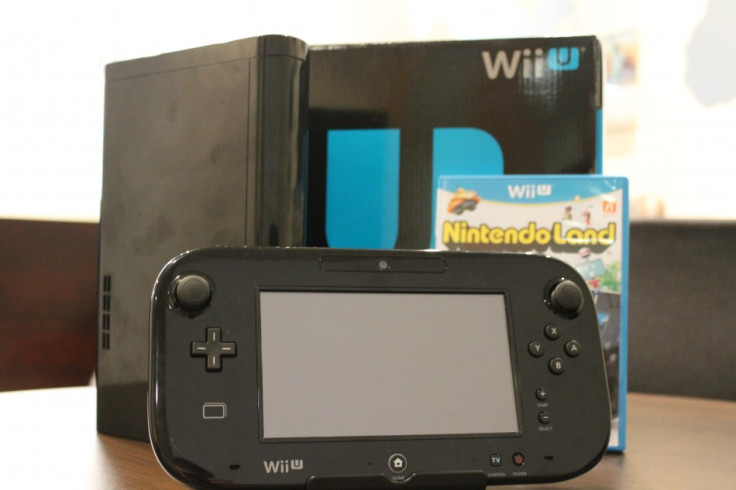
Key Features
- Touch-sensitive GamePad controller
- 1080p support
- 4 x USB ports; HDMI port
- Supports WiiMote Plus (though not included)
- Bluetooth, Wi-Fi
- Price as Reviewed: £259 (Basic Bundle)
Introduction
Nintendo has a lot of work to do with the Wii U. After shifting more than 100 million Wiis over the past five years, it now faces the challenge of pleasing families while also reigning in "core" gamers who were put off by motion sensitive controls.
The precious casual market has been carved up between mobiles, tablets and Facebook games, leaving the Wii U with a much smaller share of a demographic it used to control.
The GamePad is Nintendo's obvious rebuttal; a half joypad, half tablet, it allows Wii U players to play games on a smaller screen, independent of the television set.
It's also touch sensitive, with a lot of Wii U titles - Nintendo Land especially - built on tap and swipe controls that will be familiar to iPhone users.
But it's not just casual and mobile gamers Nintendo has in its crosshairs. The Wii U is a much bulkier, much more powerful console than the Wii and can run AAA games like Mass Effect 3 and Black Ops II with ease. It has increased online functionality, too, with a web browser, video chat service and eShop all primed and ready from day one.
But by trying to be casual and "core" at the same time, as well as a TV, tablet and mobile, has the Wii U spread itself too thin? Would Nintendo have benefitted from another pure, lean gaming console designed around one big innovation, like the Wii?
After an extended test of the Wii U we've made up our minds.
Wii U: Look and feel
At 10.5in long and weighing 1.5kg, the Wii U is a much bulkier console than the Wii. That's for two reasons. Firstly, it features more powerful hardware that can run games like Arkham City and Mass Effect 3, and secondly, the Wii U features 8GB of internal flash memory as standard, compared to 512MB of the original Wii.
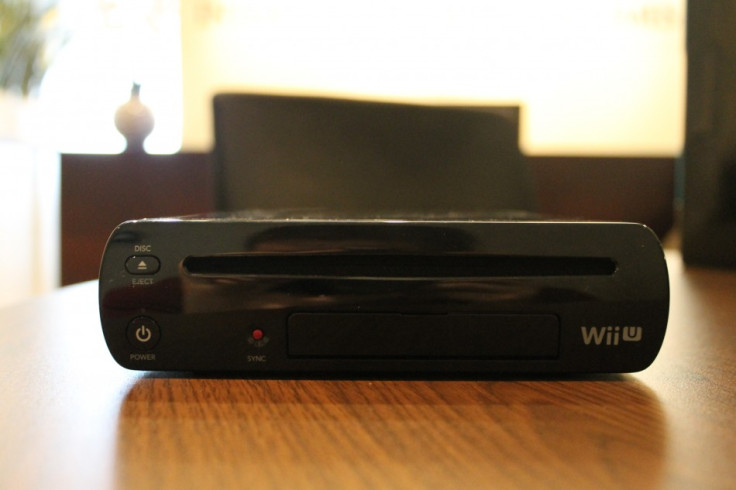
It's a bland looking console, more or less just a solid plastic rectangle, reminiscent of the NES. With its glossy black finish, it's easy to smudge, too. It runs quietly, though, and despite being bigger than the Wii is still tiny compared to the PS3 and Xbox 360. For such a small machine, there's a lot of power in the Wii U.
In terms of look and feel, it's the new GamePad which really suffers. It has a distinctly fragile, toy-like lack of weight, hardly comparable to the tablet computers that it's emulating. It's big, too, which is a good and bad thing. It means the in-built screen is a fair size, at 6.2in, but it also means that it's ungainly when it comes to playing games.
The analogue sticks in particular are far apart and difficult to get a good grip on, meaning that the GamePad is a poor substitute for regular controllers. Like the console, it smudges easily, too, and is prone to getting scratched.
The Wii U is a small, relatively light console that doesn't look and feel like it costs £260. It's impressive that a competitive processor fits inside the small chassis, but the GamePad is unwieldy and the black finish gets smudged too easily.
Wii U: Hardware and connectivity
With Nintendo clamouring after the core gamer market again, the Wii U suitably offers similar processing power to the PS3 and the Xbox 360. The Tri-Core 3GHz CPU is very similar to the one used by the 360, and the Wii U's GPU core runs at 550MHz, which is the same as the PS3 but actually faster than the Xbox.
It uses 2GB of RAM, and features two different options when it comes to flash storage; 8GB or 32GB depending on which bundle you opt for.
But despite these competitive specs when it comes to graphics and memory, the Wii U does not support Blu-Ray discs or DVDs, meaning you can't watch films on it unless you stream them from the TVii service or the NetFlix app.
It's a really strange move on Nintendo's part; with its internet connectivity, improved graphics and web browser, the Wii U is clearly intended as a general entertainment hub. But without the functionality to even play DVDs, the console falls well short of being that prestigious "all-in-one-box" that people want under their televisions.
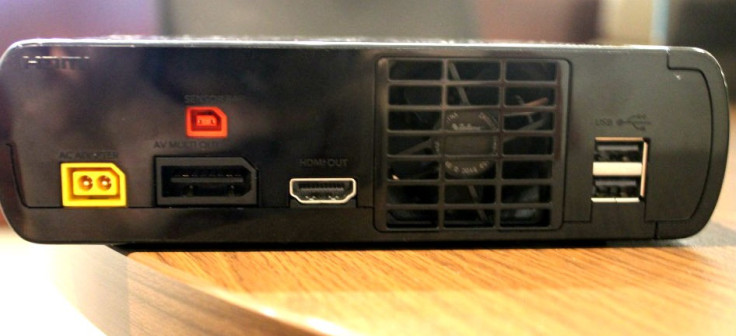
There are, however, four USB ports which can be used to upload movies, and also an SD card slot to get pictures from your camera. The TVii service which is due to launch in Europe in 2013 will also offer streaming video, incorporating the libraries of Netflix, Hulu and Amazon Instant Video - though which of these will be available in the UK is still unknown.
In terms of connecting your console to your TV or projector, HDMI is your only option. This shouldn't be a problem for many nowadays, as there won't be a lot of players who don't own a TV that supports HDMI. However if you haven't bought a new television in the past few years, you will have to buy an HDMI-to-SCART adaptor to play the Wii U.
The console runs off a 95W AC adapter but this can't be used to charge the GamePad, unless you have the charging dock which is included in the Premium or ZombiU bundles. The GamePad has no USB ports of its own, and without the dock can only be recharged via its own proprietary lead.
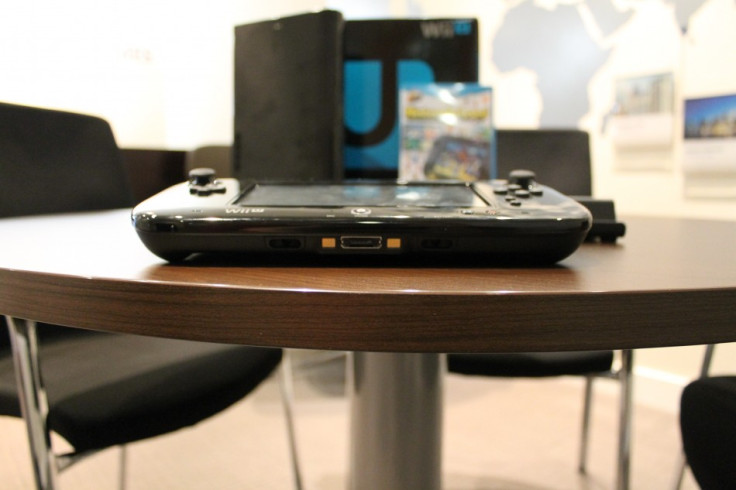
Naturally, the Wii U supports Wi-Fi and Bluetooth, the latter being fortunate considering that the GamePad's in-built microphone can't be used for voice chat. Although it's been confirmed to Kotaku that some Wii U games support in-game voice chat, that's only possible via the wireless or wired headsets that are currently available from various third parties.
Wii U: GamePad
The Wii U's chief gimmick, the GamePad is not the revolution that the WiiMote was back in 2007. In terms of straight quality, it's fine, with the 6.2in, 854 x 480 resolution screen displaying gameplay in sharp detail and bright colour.
And although the stereo speakers are a bit tinny, that's easily solved with earphones - the problem with the GamePad is the touchscreen.
It's extremely fiddly when it comes to navigating the menu, or browsing the internet, sometimes not responding to your touch, other times opening links that you accidently graze with your hand.
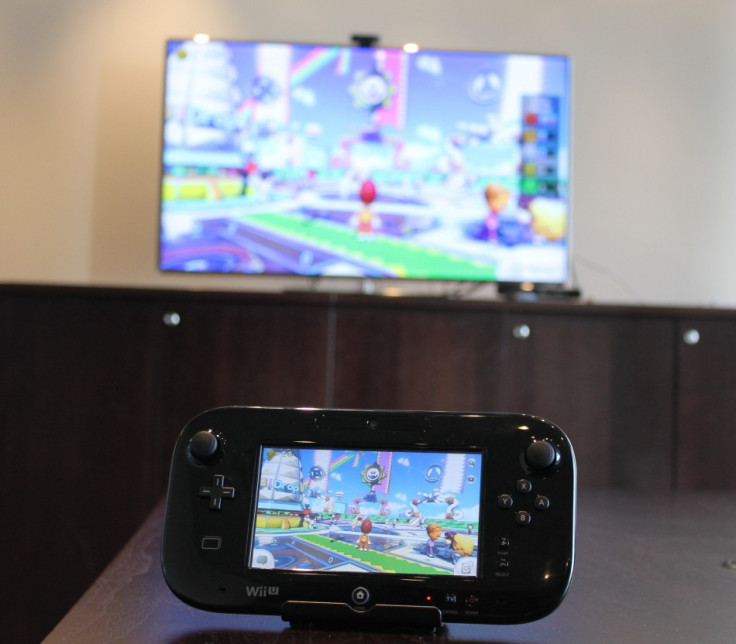
It also seems like no one knows what to do with the GamePad yet. In ZombiU, you only use it for peripheral tasks like opening locked doors or checking your map; in Nintendo Land, you barely look up from the GamePad, and begin to wonder why Nintendo bothered making the Wii U a console.
It's the antithesis of the WiiMote, which nagged you to get up and swing your arms; the GamePad is much more slovenly, and lets you play the Wii U lying down or in bed without craning your neck to look at the TV. But it's several years too late - before the iPad, Kindle Fire or Nexus 7, the GamePad would have been a revolution. But now, the ways in which it lets you interact with games feel antiquated and borrowed.
Take Nintendo Land, again. A lot of its mini-games revolve around flinging projectiles by swiping the screen, a la Angry Birds, or guiding some hovering thing with your finger like Jetpack Joyride. Even the games that don't rehash touchscreen mechanics feel insubstantial, like they would be perfectly at home on the iPhone, making the GamePad look superfluous.
And if the interactions you perform with it aren't overly familiar, they're unnecessary. You can used it to check your map, browse your inventory, interact with door knobs etc. but although that feels a little bit new, these are interactions that are perfectly well handled by normal control pads.
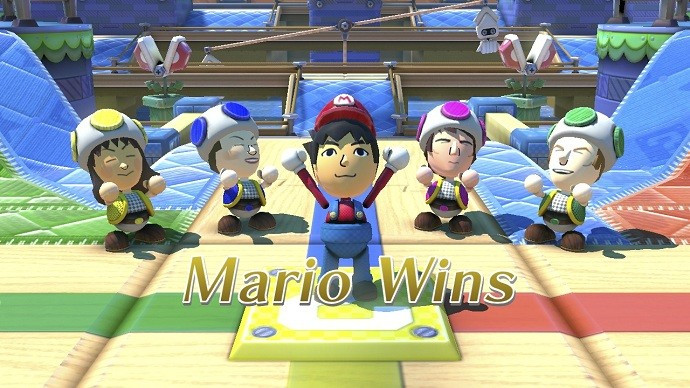
That's the GamePad's biggest problem - it's tacked on, superfluous and contrived. A more relaxing peripheral, it's also the WiiMote's fundamental opposite. What the WiiMote achieved was taking something we'd only experienced vicariously in games - swinging a golf club, bowling a ball, throwing a punch - and making it physical. It was simplistic and accessible to everybody.
The Wii U GamePad is awkward; it's artificial. It takes interactions that work perfectly fine on either phones or joypads and complicates them with a second screen that's irresponsive at best.
It can't be used as an independent machine either - roam more than 10 metres away from the Wii U console, and the connection to the GamePad fails.
Compared to the tactile simplicity of the WiiMote, the GamePad is an obstructive, complex proposition, likely to put off first-time and veteran gamers. The idea that it can be used to play the Wii U while the TV is switched to another station is as out of date as the thought that touch sensitive gaming is new, or enticing.
Almost everybody owns a second television now and most people play games on their tablet. For those two reasons, the GamePad is a useless device that, unfortunately for Nintendo, is also the Wii U's main USP.
Wii U: Software
There's already been a lot of bad press around the Wii U for its lengthy day one software update. At 1GB, it'll be at least 45 minutes between plugging your Wii U in and getting to use it - you can skip the update, but that means you won't have access to the eShop, Miiverse or browser.
That said, even with the update, the Wii U's software is near impenetrable. The amount of menus, checks and confirmations you have to go through on first start-up is a pain and like the GamePad, is likely to dissuade non-gamers from using the Wii U at all.
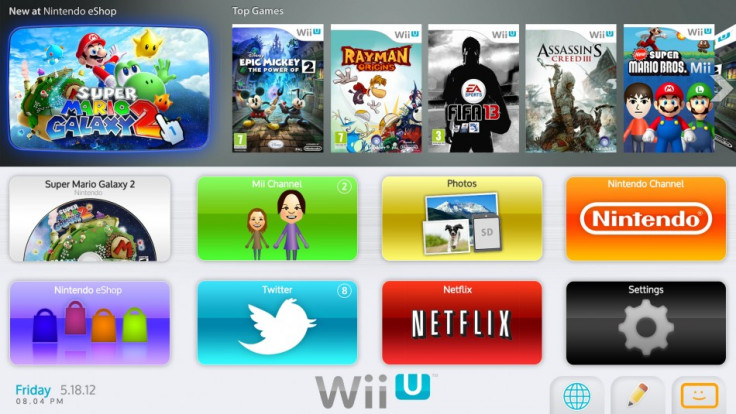
Once you eventually get past all that, the Wii U homepage is actually pretty good. One of the things the GamePad is great for is navigating menus - it's much better than the fiddly WiiMote - and the amount of things to do with the Wii U's homepage is impressive. Nintendo is really pushing that entertainment hub/ecosystem idea that the other major consoles are now latching onto, so the Wii U comes complete with a web browser, content store and chat system.
The browser's a bit frustrating. You can't turn the GamePad vertical to read pages and the aforementioned touch sensitivity issues can be a problem. It automatically displays the mobile versions of sites, though, to help navigation and despite some niggles with the touch screen, the Wii U browser is much more user friendly than the PS3's.
The Miiverse is a neat idea. You can log on using your new Nintendo ID, which automically syncs to your existing Wii-Mi, and use the Miiverse to browse forums about Wii U games. You can draw pictures on there, swap messages and upload screenshots that can be taken using the GamePad. Judging from the absolute disaster of PlayStation Home, it's not clear if Nintendo's bespoke player community will catch on, but for now at least, it's easy to use and pleasant enough.
There's the TVii service which we mentioned, which is used to stream video. With a big catalogue of shows and movies promised, this could be Wii U's strongest selling point if the GamePad doesn't catch on. Considering Sony's deal with BBC Sport, and the announcement of Xbox TV, it's evident that Nintendo needs to catch onto the entertainment hub idea - TVii could offer the best service of the lot.

Last is the Nintendo eShop, which is already well stocked with overpriced ports and videos you can just watch on YouTube. Like the PS Store and XBLA, the eShop needs a wide selection of downloadable exclusives and DLC packs if it is going to thrive. There's no reason for people to pay £42.99 for FIFA 13 when they can get it much cheaper in shops or from other online retailers.
Nevertheless, the eShop again demonstrates how aware Nintendo is of its competition. Online is an area the company has neglected in the past, presumably on the basis that boxed-game sales are still thriving in Japan. But with the eShop, and a handful of online orientated ports like Black Ops II heading to the Wii U, Nintendo is making its move into online gaming.
Wii U: Verdict
Overall, the Wii U is a bad idea. Compared to the original Wii, which introduced technology that the entire industry had to react to, the Wii U is painfully derivative, borrowing elements from mobiles and competing consoles in an effort to reach a market that doesn't exist.
In the wake of the iPad, Xbox 360 and Facebook, Nintendo seems to have developed this nebulous picture of consumers and has accordingly built a console designed to please everyone and do everything. But it doesn't. Rather than ingratiate to uninitiated gamers, the GamePad is confusing and awkward; instead of appealing to the "core" demographic, the better graphics tech feels too late.
The picture quality on the GamePad isn't good enough to replace your TV; the fiddly touch screen is much worse than the one on your tablet. The Wii U reminds us of the PlayStation 3 when it first came out, when nobody understood what it was really and the company didn't know who to market it to.
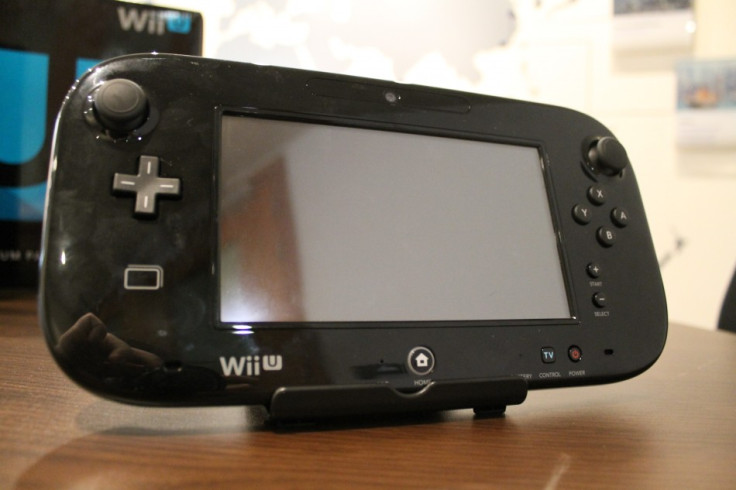
But in time, like the PS3, the Wii U could grow into a better machine. With a good line-up of games, and some smart developers who know how to incorporate the GamePad, the Wii U could be a contender. TVii might be great one day, too, offering an extensive catalogue of TV in one app, right there on the console's default home screen.
Wii U could become a good console, but it probably won't have time. Although information is scarce, the next generation of Sony and Xbox machines can't be that far off, and when they arrive, the Wii U is going to be old hat.
An inexplicably hair-brained move from Nintendo, the Wii U is playing catch up with machines and ideas that are ten steps ahead. Other than the GamePad, which is still an unclear proposal, the Wii U is in no way unique; only TVii and better games can save it.
Scores
- Design: 7/10 - The GamePad and the console feel cheap and get dirty easily. The GamePad is badly integrated
- Performance: 7/10 - Great graphics considering the console's size, but a little too late to really impress
- Value: 8/10 - As an all-in-one entertainment hub, this is a good proposition for first time console buyers. If you own something else already, the new features are few and unnecessary
- Overall: 7/10 - Though an admirable attempt at forming an universal games console, the Wii U has no identity of its own. It's arrived too late to really make waves and the new things it does try fall flat
Good points
- TVii will be good when it arrives next year
- The GamePad is useful for playing triple-A games in bed
Bad points
- The GamePad is obtrusive and none of the games use it properly yet
- The experiences offered by the Wii U are not new, at all
© Copyright IBTimes 2024. All rights reserved.























